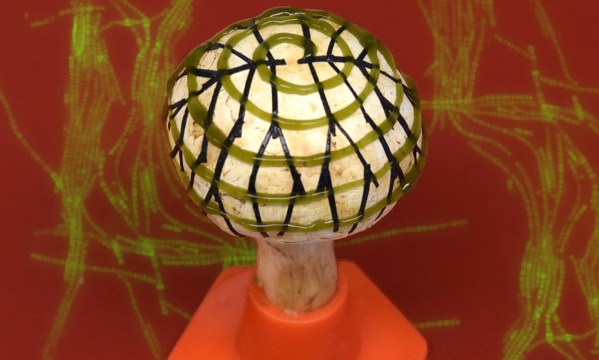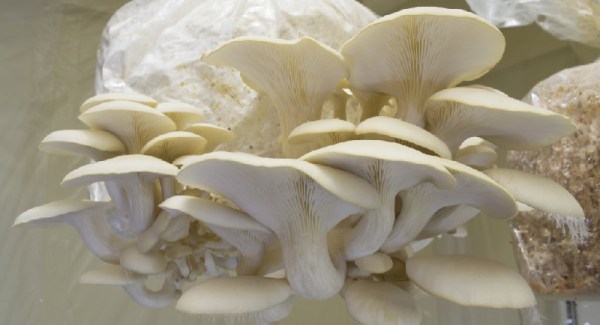Of all the fictional cyborgs who turn against humanity to conquer the planet, this is as far from that possibility as you can get. These harmless mushrooms seem more interested in showing off their excellent fashion sense with a daring juxtaposition of hard grid lines with playful spirals. But the purpose of this bacteria-fungus-technology hybrid is to generate electricity. The mushrooms are there to play nurse to a layer of cyanobacteria, the green gel in the photo, while the straight black lines harvest electricity.
Cyanobacteria do not live very long under these kinds of conditions, so long-term use is out of the question, but by giving the cyanobacteria somewhere it can thrive, the usefulness grows. The interplay between bacterial and supportive organics could lead to advances in sensors and hydrogels as well. At some point, we may grow some of our hardware and a green thumb will be as useful as a degree in computer science.
Hydrogels could be the next medical revolution, and we’ve already made hydrogels into tattoos, used them as forms for artificial muscles, and hydrogels can be a part of soft tissue printing.













